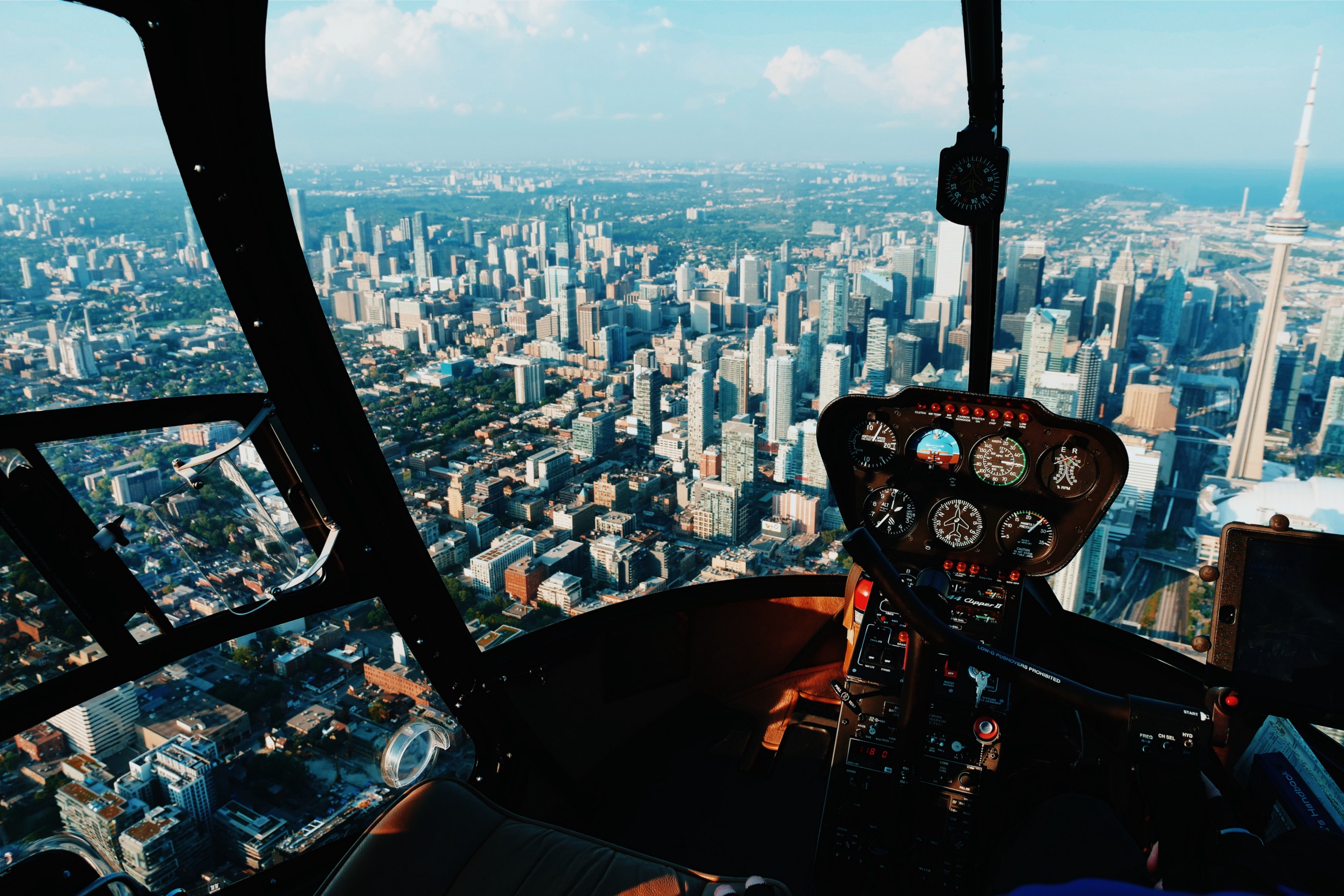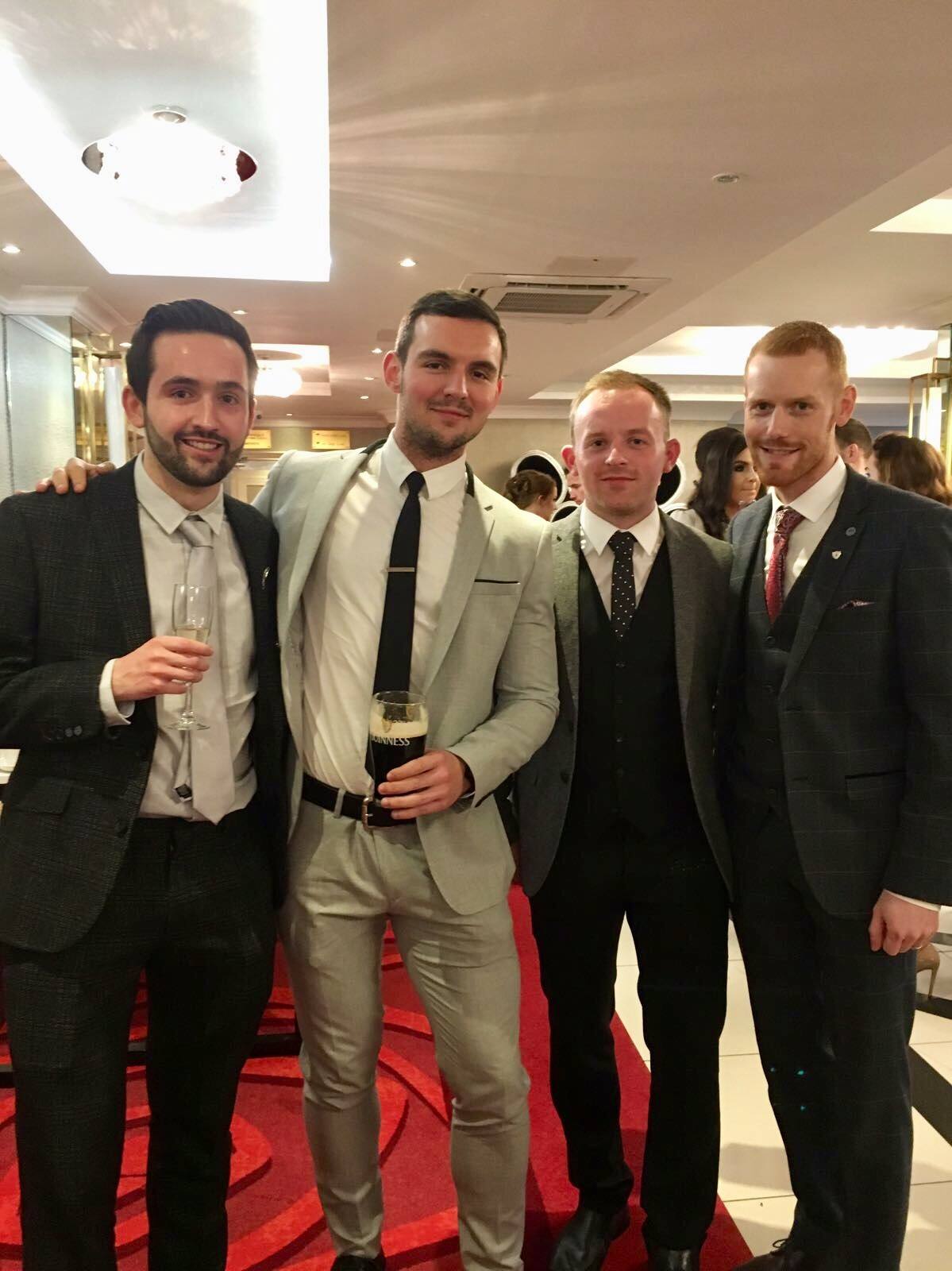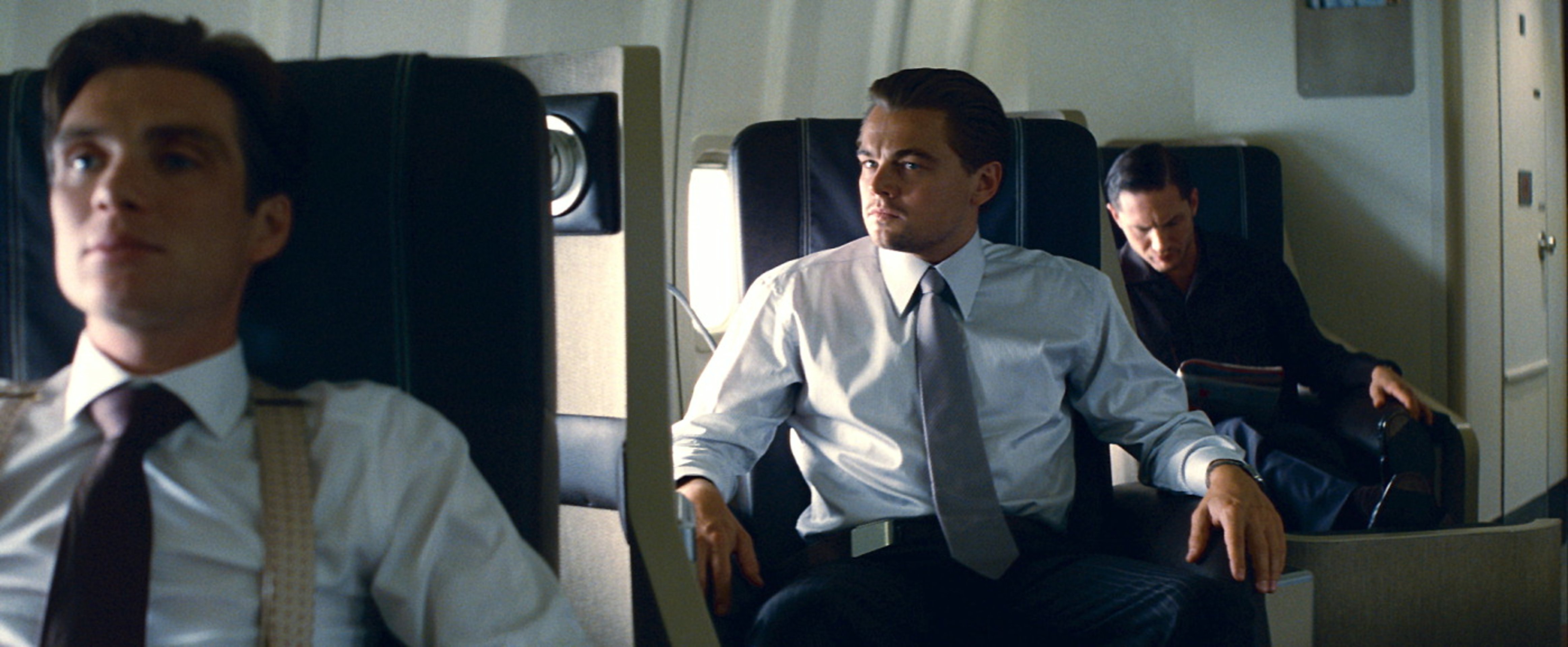
Self-image
Maxwell Maltz’s bestselling Psycho-Cybernetics is a seminal book in the self-help space about improving self-image for a happier and more successful life.
Maltz argues that self-image is the key to human personality and behaviour — setting the boundaries of individual accomplishment, defining what we can or cannot do.
This self-image is crafted by your real-life experiences — altering your nervous system and recording new patterns in the gray matter part of your brain. The memories of your past successes are stored as information in the mind, waiting to be tapped for future endeavours.
Each of us carries a mental blueprint, a picture of ourselves. Whether this is vague or well-defined — it is there.
This is our conception of “the sort of person I am”, built up from beliefs about ourselves, formed unconsciously from experiences, successes, failures, humiliations, triumphs, and the way others have reacted to us (especially in childhood).
We then mentally construct a “self” image and once an idea or belief goes into this picture, it becomes “true” for us. We then act upon this image as if it were true.
Self-image is the common denominator, the determining factor in all that we do. It becomes a golden key to living a life with confidence because of two fundamental facts:
1) All your actions, feelings, behaviours and even your abilities are always consistent with this self-image
2) This self-image can be changed at any time — so long as the new concept of self is consistent with new beliefs.
To construct a different self-image, we need to look at our ‘autopilot system’.

The autopilot system
A major reason we don’t make changes or take positive action is because of a fixed self-image. The projector for this self-image is our ‘autopilot system’.
It is installed in every human mind — and is an incredibly powerful tool, if you’re aware of it, and extremely limiting if you are not.
Most people operate on the autopilot function without realising for large spells of their lives.
It sets the altitude, trajectory and speed for the plane you are flying in your life. For a select few this may mean it keeps a maximum altitude, high up above the clouds soaring towards new destinations. For many however this means an invisible ceiling and limit to how high you can go, a restriction of where you can go — a forcefield preventing you from changing course.
Identifying the autopilot
Recognising the autopilot in you is straightforward. It is how you repeat routines and rituals — how you wake up in the morning, how you make your coffee.
It is the way you dress before leaving the house; the way you walk, talk, and shake hands with people. It’s what you say to strangers when they bump into you in the supermarket. It is your unconscious, default state most of the time.
More fundamentally it’s the way you react to problems, the thinking and acting patterns. It’s what you do when you have a stressful day or are facing uncertainty in life. It’s the specific emotions and behaviours you are most engaged in when situations arise, both pleasant and painful.
You might describe all of this simply as your personality. Your personality is your relationship with yourself, so in reality this is close to the truth.
However, your personality is DOMINATED or CONTROLLED by the autopilot. Changing or influencing one has an impact on the other. But for lasting change you must begin with the autopilot.
To give more context to this autopilot idea, let’s explore more related concepts and overlapping themes.
Shifting the paradigm
An expert in the law of attraction, Bob Proctor has spoken about the conditioning paradigms that reside in our subconscious minds in The X-Y Factor. These are fixed habits, ideas and identities that take up residence in two ways:
1) Being inherited at birth — being so firmly grounded in your family line that it becomes a genetic factor.
2) Being locked into our mind as a result of culture — the way of life and environment that has been exposed to us since very early childhood.
And it is these very environments which build this paradigm’s walls even higher.
For Proctor, no matter how out of date, erroneous, harmful or plain wrong — such paradigms are in absolute control of people for most of their days.
“We are all tattooed in our cradles with the beliefs of our tribe; the record may seem superficial, but it is indelible. You cannot educate a man wholly out of superstitious fears which were implanted in his imagination, no matter how utterly his reason may reject them.”
— Oliver Wendell Holmes Jr

Attacking the autopilot
The default setting of this autopilot system varies between individual but typically involves scepticism, fear and doubt — all states which will control you if you don’t have the belief or awareness required to overturn them.
Like the similar concepts explored in this chapter — self-image, internal self-fulfilling prophecy and paradigms — the autopilot, can, and must be shifted and programmed over.
The autopilot is a series of learned behaviours — whether it is being too polite and trusting, or trying to dominate and control scenarios, or being overanxious and prone to worrying.
Attacking the autopilot really is an unknown factor until you try to do something new, until you make a decision that will make a significant change in your life.
A new activity will challenge the existing settings, but our autopilot may feel threatened. The little voice telling you ‘you can’t do it’ will speak more loudly at these moments.
You have to start undoing your conditioning with a clear commitment to being and doing something new.
In my twenties I gave up smoking and drinking. I’d made these habits part of my identity and self-image, and previously struggled to fully commit to going without them.
It was only when I became aware of the false identity I’d constructed, and the workings of my autopilot that I realised that I had a tendency to overindulge in things and be waylaid due to the lack of direction I had in my life. Choosing to quit and successfully staying off these substances was how I began to eject my own autopilot and replace it with a healthier one.

The enemy within
Whatever you focus on with your old pattern, you see things according to your conditions. In other words, we see things not as they are, but as WE are.
Any situation is coloured by our own filter — our beliefs, fears, assumptions and biases.
In The Saint, the Surfer and the CEO Robin Sharma writes how each of us sees the world through our own “personal stained glass window… through the lens of our personal context, which has been shaped by the unique experiences of our lives.[3]”
No two people have had the same experiences, so the way we each see the world isn’t always a true reflection of reality — the prejudices and pre-conceived ideas in our autopilot will affect our perspective.
The only way to destroy the autopilot is to become conscious of it, and practice having awareness of it by making small changes on a daily basis.

Ejecting the autopilot
Any new attitudes, behaviours or ideas you try to implement will disrupt the status quo as you undo your conditioning.
Think of ejecting the autopilot as an act of rebellion — a coup to overthrow a mendacious and tyrannical regime and replace it with a thriving democracy with virtue and values.
It is your duty to figure out your conditioning, what settings it has been on and then install a new system.
The old, existing autopilot will not be interested in the new thinking you are trying to adopt. You are trying to turn the plane around 180 degrees, it wants to keep the plane on the exact same, fixed trajectory. This is where the argument begins, where the autopilot has its script ready and is well-practiced at stopping your attempted maneuvers.
The fear and discomfort is triggered in your subconscious. It is experiencing a new, foreign vibration and every cell in your body is in upheaval. The crafty autopilot is programmed to stop you at all costs, and will go to extreme lengths to maintain control. Remember that comfort is the fuel that powers the autopilot.
The fresh conditioning you decide to tune your new autopilot with needs to be strong enough to dislodge the status quo but also to remain there permanently. Set yourself up for success by having a firm and powerful emotional involvement with the new self you are constructing.
It is important to go through the internal struggle to achieve the things which you are supposed to. Ultimately the autopilot is built on beliefs you have unconsciously accepted as being Gospel truth, when often it is merely an opinion.
“Your beliefs become your thoughts, your thoughts become your words, your words become your actions, your actions become your habits, your habits become your values, your values become your destiny.” – The Upanishads
The longer you stay in your new frequency, the harder it is for the old autopilot to take over. The new settings, over time, will begin to express themselves naturally. Throw yourself into new scenarios, step out of the comfort zone regularly, always look for opportunity to grow and constantly raise the bar so you can contribute more to life.
Repetition is key. Every step you take in the right direction, the fear will reappear once you tread new ground. But being aware of these concepts will mean you’re more likely to succeed than quit or retreat to safety. The old sceptical, fearful and doubtful thoughts that arise will not stop you now you understand the process.
There is an abundant universe of wonder and beauty for you to discover. Find out about your individual autopilot, dedicate the time and effort to re-tuning it for your benefit, get it out of your way so you can go and pursue your dreams!
Eject the autopilot, and design a new one according to your desires.
Change the setting
Find stability in change by destroying your habits, and changing your autopilot’s default setting.
Everyone has some sort of default-setting behaviour that is dominant in their character. What is yours?
Perhaps it is being judgmental and projecting internal insecurities onto others. Maybe it is indulging in escapism in the pub or betting shop to keep yourself occupied with sport so you don’t have to look within. It could also mean being dictatorial and bossing people around — playing the micro-manager at work.
This default setting is a result of your conditioning and the role you had to play among your community, to get accepted or to get liked or to avoid confrontation with others and sometimes to hide a part of you that you think will not be accepted by those around you.
Some of these common default persona settings include being ‘happy’ all the time — pretending all is well, being apologetic and deferential. Some default personas mean that people are stressed, aggressive and unfeeling, unable to show any degree of vulnerability.
The challenge is to remove the mask and stop using self-identified character traits to avoid confrontation or emotion. To stop caring so much about what others think of you.
This is not the natural tendency in human beings. Take a young child for instance, who truthfully expresses their feeling based on the moment. If she is happy, sad or angry you will know — she will express herself regardless of the circumstances. This is the innate way to experience your emotions fully, not repressing them, or choosing one to deceive yourself and mislead others.
Your autopilot doesn’t allow you to live in the present moment, your mind is full of patterns and behaviors that are running through your subconscious without awareness.
Your default setting is not helping you. You are adopting a certain persona and running your life according to beliefs, behaviors and characteristics that you’ve inherited from your surroundings and interactions.
The only way to experience being in the moment is first to destroy your autopilot, get rid of all the old habits that you didn’t choose to have and free yourself from all the fixed personas. Then you can start to increase your experience of present awareness.
That means not focusing on the past, or the future, but engaging with what you have, fully and without expectations.
The above is from Eject the Autopilot: Choosing Self-Mastery over Safety, available on Amazon on Kindle and paperback.



